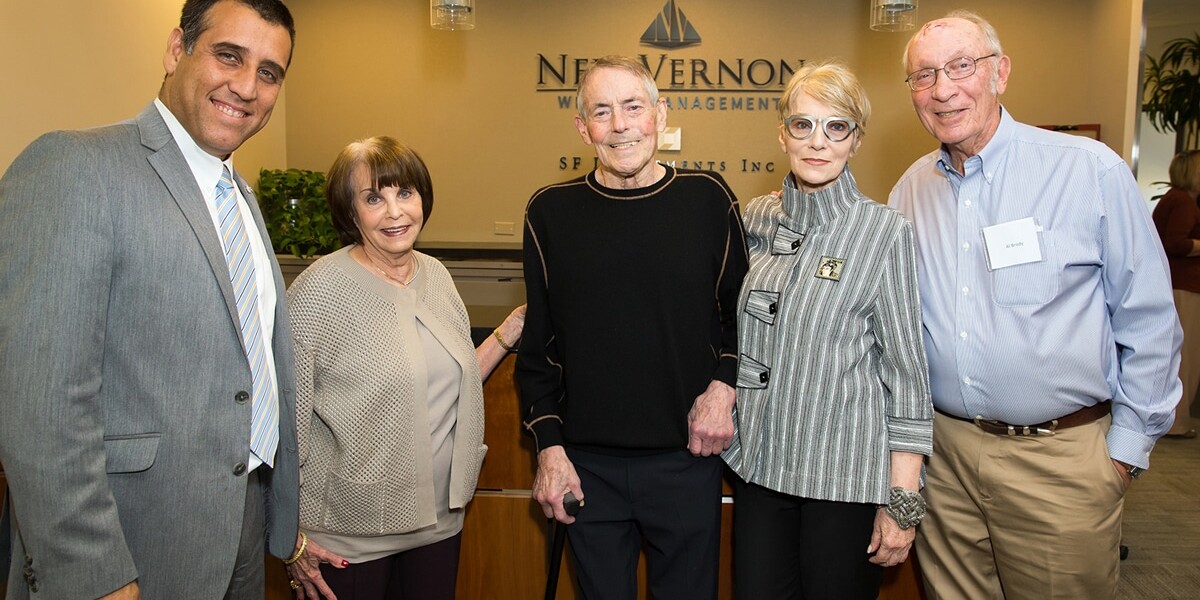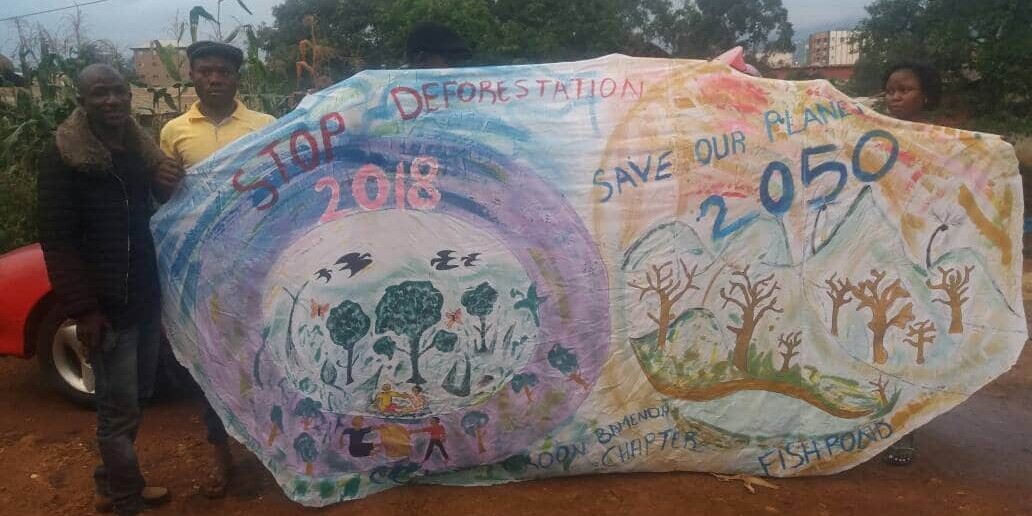East African communities have been struggling to respond to the rise in the recruitment of children into armed conflict by a range of violent extremist groups. In Kenya, the September 2013 attack on the Westgate mall by Al-Shabaab left over 67 dead and 175 injured echoed the terror of the bombing of the U.S. Embassy on Nairobi by Al-Qaeda-aligned terrorists in 1998. Between 2012-2014, Kenyan National Police tallied 312 people killed and 779 wounded in terrorist attacks according to Human Rights Watch. Extremist violence has increasingly become a security priority for the Kenya goverment and a deepening concern in Kenya’s civil society, especially as extremist groups are actively recruiting vulnerable youth for missions inside East Africa, in conflicts like Syria and even further abroad.
To address the issue of countering violent extremism and minimizing the risk of youth being radicalized, the “Regional Youth Forum on Countering Violent Extremism: Deepening Cooperation in Combatting Violent Extremism” (CVE) occurred from August 29-31, in Nairobi, Kenya. The training was part of a five-year “Regional Peace Programme” to foster unity and collaboration with regional youth and a wide variety of youth-focused organizations. Along with Arigatou International, the Goldin Institute hosted the gathering with Norwegian Church Aid, the Global Network of Religions for Children (GNRC), the National Counter Terrorism Centre, Somali Family Services, icco Cooperation, and BRAVE in mobilizing young people to engage in a shared dialogue toward finding concrete steps to achieve lasting solutions.
[slide]
[img path=”images/000CRAVE2016.jpg”][/img]
[img path=”images/001CRAVE2016.jpg”][/img]
[img path=”images/002CRAVE2016.jpg”][/img]
[img path=”images/003CRAVE2016.jpg”][/img]
[img path=”images/004CRAVE2016.jpg”][/img]
[img path=”images/005CRAVE2016.jpg”][/img]
[img path=”images/006CRAVE2016.jpg”][/img]
[img path=”images/007CRAVE2016.jpg”][/img]
[img path=”images/008CRAVE2016.jpg”][/img]
[img path=”images/009CRAVE2016.jpg”][/img]
[img path=”images/010CRAVE2016.jpg”][/img]
[img path=”images/011CRAVE2016.jpg”][/img]
[img path=”images/012CRAVE2016.jpg”][/img]
[img path=”images/013CRAVE2016.jpg”][/img]
[img path=”images/014CRAVE2016.jpg”][/img]
[img path=”images/015CRAVE2016.jpg”][/img]
[img path=”images/016CRAVE2016.jpg”][/img]
[img path=”images/017CRAVE2016.jpg”][/img]
[img path=”images/018CRAVE2016.jpg”][/img]
[img path=”images/019CRAVE2016.jpg”][/img]
[img path=”images/020CRAVE2016.jpg”][/img]
[img path=”images/021CRAVE2016.jpg”][/img]
[img path=”images/022CRAVE2016.jpg”][/img]
[img path=”images/023CRAVE2016.jpg”][/img]
[img path=”images/024CRAVE2016.jpg”][/img]
[img path=”images/025CRAVE2016.jpg”][/img]
[img path=”images/026CRAVE2016.jpg”][/img]
[/slide]
It is widely understood, and recognized, that generally young people comprise the population most vulnerable to extremist recruitment due to factors such as unemployment, housing instability and insecurity, hunger, low educational opportunities, social disconnection, as well as individualized, internal factors including trauma. Consequently, the primary drivers of the forum were fifty young people from Kenya, Uganda, Somalia, South Sudan, Tanzania, Ethiopia supported by members of regional and international NGOs (non-governmental organizations) who attended.

A worry for Dr. Kiplagat is that too often conversations about countering violent extremism don’t occur strategically, nor with regularity. For the most part, they’re high-level conversations which rarely engage the grassroots community which isn’t given the opportunity share thee on-the-ground perspective. This meeting in September was an important step in embedding these conversations within a credible, regional strategy.
“There needs to be greater opportunity for dialogue,” she notes. ‘We identify those involved in the extremist campaigns, but many times we don’t empower them with knowledge and skills to resist. There is no one answer. It is the marginalized regions that are behind in terms of economic development. Young people in those situations feel excluded, and vulnerable. We can say religion is a main drive, but it’s not. Christians have been attacked here in Kenya, but then we see Muslims coming to the defense of Christians, so it can’t be blamed on that.”
By the forum’s end, youth participants and host organizations developed solid commitments and concrete plans of action for work in their home communities throughout East Africa. These included, among others: consistent engagement with youth; keeping a gender-lens on the radicalization of young people; identifying and working with the appropriate government section(s) addressing violent extremism; increasing employment opportunities and sustainability for individuals at-risk of recruitment; and, interfaith dialogue and mobilization being activated on the programmatic level.
ICCO Interchurch Organization for Development Cooperation) representative Angeline Nguedjeu made the closing remarks on the final day of the forum, recognizing that its realization was for indeed a “vision,” but that short and long-term goals to achieve were important to establish as soon as possible.




